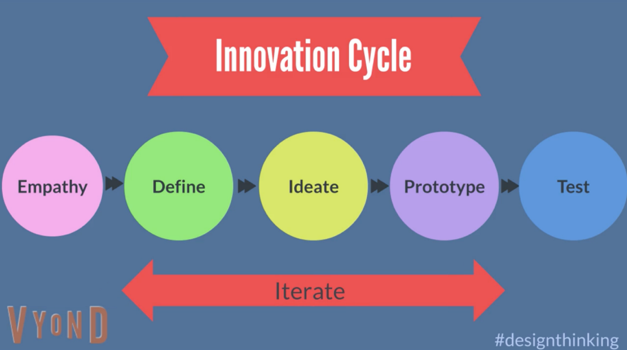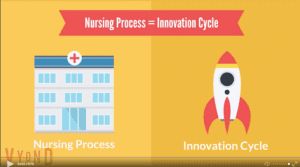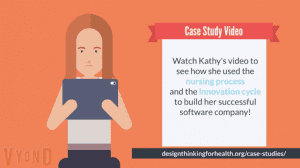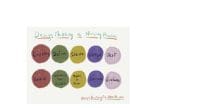The nursing process is tried and true; it is a systematic approach that has served the profession, our patients, and communities well for decades — and little known fact, it mirrors the innovation process perfectly!
Watch the video above to learn how!
Last year the University of Pennsylvania’s School of Nursing created the Design Thinking for Health (DT4H) platform in partnership with the Rita and Alex Hillman Foundation. The DT4H platform provides nurses the content, resources, and activities needed to learn the steps of design thinking, a human-centered, creative, methodological approach to solving problems. As a part of the DT4H platform we highlight nurse innovators from around the country who are using nursing innovation and design thinking in their practice. One of those nurses, Dr. Kathy Bowles from Penn Nursing, astutely noted the parallels between the innovation cycle and the nursing process.
As Dr. Bowles stated, the steps of the nursing process include assessing the patient, determining the problem, making a plan, intervening with a course of action, and evaluating to see if the intervention was successful —then go back, re-assess and start again!
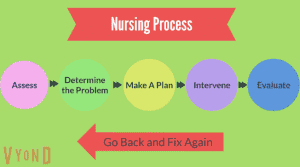

As expressed by Dr. Bowles, “…it’s the nursing process, it’s the innovation cycle, it all goes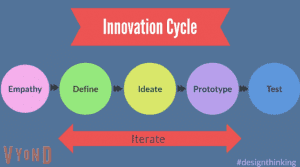

Whereas the research process can take years from conception to implementation, the design thinking approach allows for rapid creation and testing of solutions in weeks to months, instead of years. Both research and innovation are important components to the nursing process, making it imperative that nurses are provided the knowledge, resources, and experience around both!
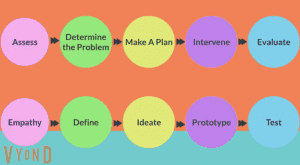

No matter your background or experience, nursing innovation and design thinking are for you!
Click the image above to watch a case study!
 Marion Leary is the Director of Innovation at the University of Pennsylvania’s School of Nursing. As the Director of Innovation at Penn Nursing she works to amplify and educate nurses as leaders in health and healthcare innovation. Ms. Leary is a member of the American Nurses Association’s Innovation Advisory Committee, a Founding member of the Society of Nurse Scientists, Innovators, Entrepreneurs and Leaders (SONSIEL), a member of the American Heart Association’s Emergency Cardiovascular Care Innovation Subcommittee.
Marion Leary is the Director of Innovation at the University of Pennsylvania’s School of Nursing. As the Director of Innovation at Penn Nursing she works to amplify and educate nurses as leaders in health and healthcare innovation. Ms. Leary is a member of the American Nurses Association’s Innovation Advisory Committee, a Founding member of the Society of Nurse Scientists, Innovators, Entrepreneurs and Leaders (SONSIEL), a member of the American Heart Association’s Emergency Cardiovascular Care Innovation Subcommittee.
This past August 2019 she was named as an Influencer of Healthcare winner in the category of Excellence in Innovation by the Philadelphia Inquirer. In 2017, she was named Geek of the Year for her outstanding achievements in Philadelphia’s vibrant geek community in the areas of innovation, technology, and activism.
Follow Marion on Twitter and LinkedIn.

